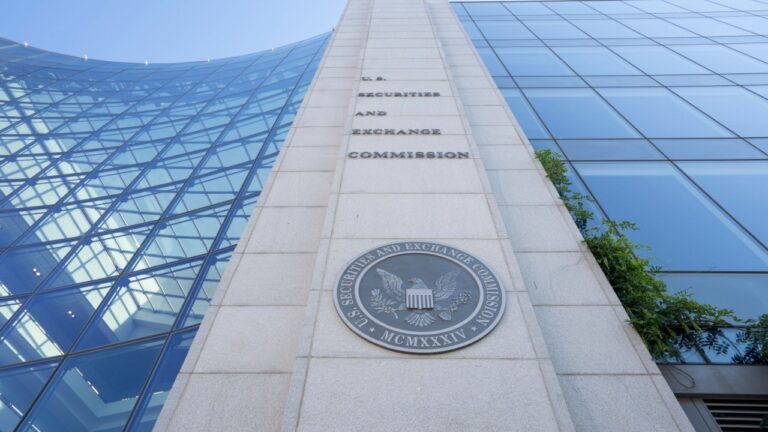Traffic Troubles: How Congestion is Putting Our Economy and Quality of Life at Risk
TORONTO, Dec. 09, 2024 (GLOBE NEWSWIRE) —
The rising congestion across the province, particularly in the Greater Toronto and Hamilton Area (GTHA), is more than a transportation problem; it’s a crisis impacting Ontario’s economy and the well-being of residents.
In a report commissioned by the Residential and Civil Construction Alliance of Ontario (RCCAO) and the Ontario Road Builders’ Association (ORBA), researchers found that traffic gridlock in the GTHA negatively impacts the region by $44.7 billion per year due to lost economic productivity, 88,000 fewer jobs, and the reduction of commuters’ quality of life due to stress, health issues, and time lost. The study warns that without increased infrastructure investment, congestion could surge up by 59% over the next 20 years. The study, “Impact of Congestion in the GTHA and Ontario: Economic and Social Risks,” conducted by the Canadian Centre for Economic Analysis (CANCEA), reveals congestion consequences are already spreading beyond the GTHA, with Ontario’s overall impact rising to $56.4 billion in 2024.
The report emphasizes the need for significant, immediate government action to alleviate congestion’s toll on industries, workers, and households. “Traffic congestion is strangling our economy and making daily life harder for millions of Ontarians,” said Nadia Todorova, Executive Director of RCCAO. “Beyond the billions of dollars lost each year, congestion underscores an urgent need for continued critical infrastructure investment. Without a sustained commitment to improve our infrastructure, Ontario’s economic growth and residents’ quality of life will continue to be at risk.”
“The report’s findings likely come as no surprise to everyday people and workers in Ontario who spend hours on their daily commute instead of quality time with their loved ones,” said Walid Abou-Hamde, Chief Executive Officer, ORBA. “While we welcome and support the Ontario government’s historic commitments to building and modernizing the province’s roads, bridges, and transit, we call on all levels of government to take immediate action by significantly increasing infrastructure spending and getting projects to market faster across all regions of the province.”
In light of these findings, RCCAO and ORBA are calling on all three levels of government to prioritize infrastructure expansion by implementing the following recommendations to combat the congestion crisis:
- Increase investment in core public infrastructure—such as roads, bridges, and transit—to mitigate the significant economic and social risks of gridlock, which could cost Ontario up to $145 billion and 558,000 jobs by 2044.
- Continue collaborating with industries to encourage innovative solutions for congestion, benefiting businesses, commuters, and families.
- Exploring ways to expedite the tendering and construction of major transformative transit and transportation projects, such as the Ontario Line, Highway 413, the Bradford Bypass, the Morriston Bypass, and Highway 69 twinning.
Key Findings from the Report:
$56.4 billion annually – The impact of congestion for Ontario in 2024 is estimated at $56.4 billion, of which 79% is in the GTHA ($44.7 billion).
112,000 jobs at risk – Province-wide, congestion costs Ontario’s economy $12.8 billion annually, resulting in 112,000 fewer jobs due to stifling job growth and reducing productivity.
Quality of life reduction – Impact of congestion on commuters quality of life due to stress, health, and time lost valued at $43.6 billion.
Transportation costs – On average, transportation costs for Ontario households are 23% higher than food expenditure, making transportation costs the second-largest household expense in Ontario.
This new, in-depth look at the impacts of congestion equips policymakers with the latest data needed to shape a sustainable, growth-oriented infrastructure agenda. RCCAO and ORBA remain committed to working with all levels of government and industry partners to mitigate congestion’s devastating impact on Ontario’s economy and quality of life, advocating for a better future for the people of Ontario. Read the full report here.
RCCAO Executive Director Nadia Todorova, ORBA, and CANCEA report authors are available for interviews.
How Will This Affect Me?
As a resident of Ontario, the impact of congestion on the economy can have direct consequences for your job stability, quality of life, and overall well-being. Increased traffic gridlock could result in fewer job opportunities, increased stress and health issues due to longer commutes, and higher transportation costs impacting your household budget.
How Will This Affect the World?
The congestion crisis in Ontario reflects a broader issue of infrastructure challenges faced by urban areas worldwide. The negative economic and social impacts of gridlock not only affect local residents but also have implications for global markets and industry competitiveness. Addressing congestion in Ontario could set a precedent for sustainable urban development strategies around the world.
Conclusion
In conclusion, the rising congestion in the GTHA and Ontario poses a significant threat to the economy and quality of life for residents. Immediate government action and increased infrastructure investment are essential to combat the congestion crisis and mitigate its damaging effects on industries, workers, and households. By prioritizing infrastructure expansion and collaborating with industry stakeholders, Ontario can work towards a more sustainable and prosperous future for all residents.




